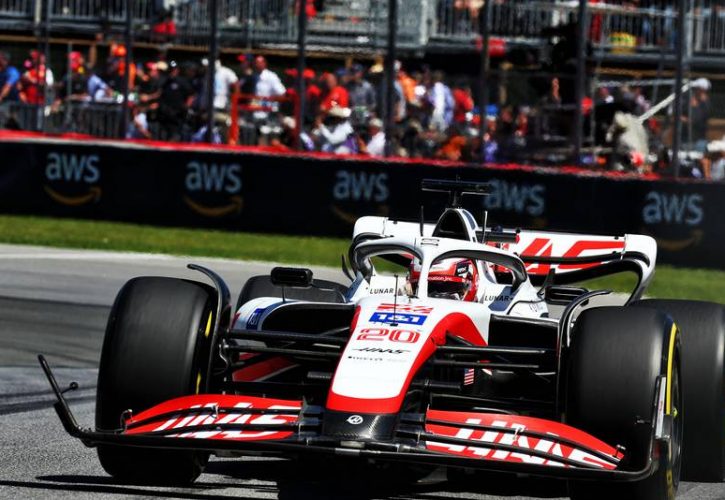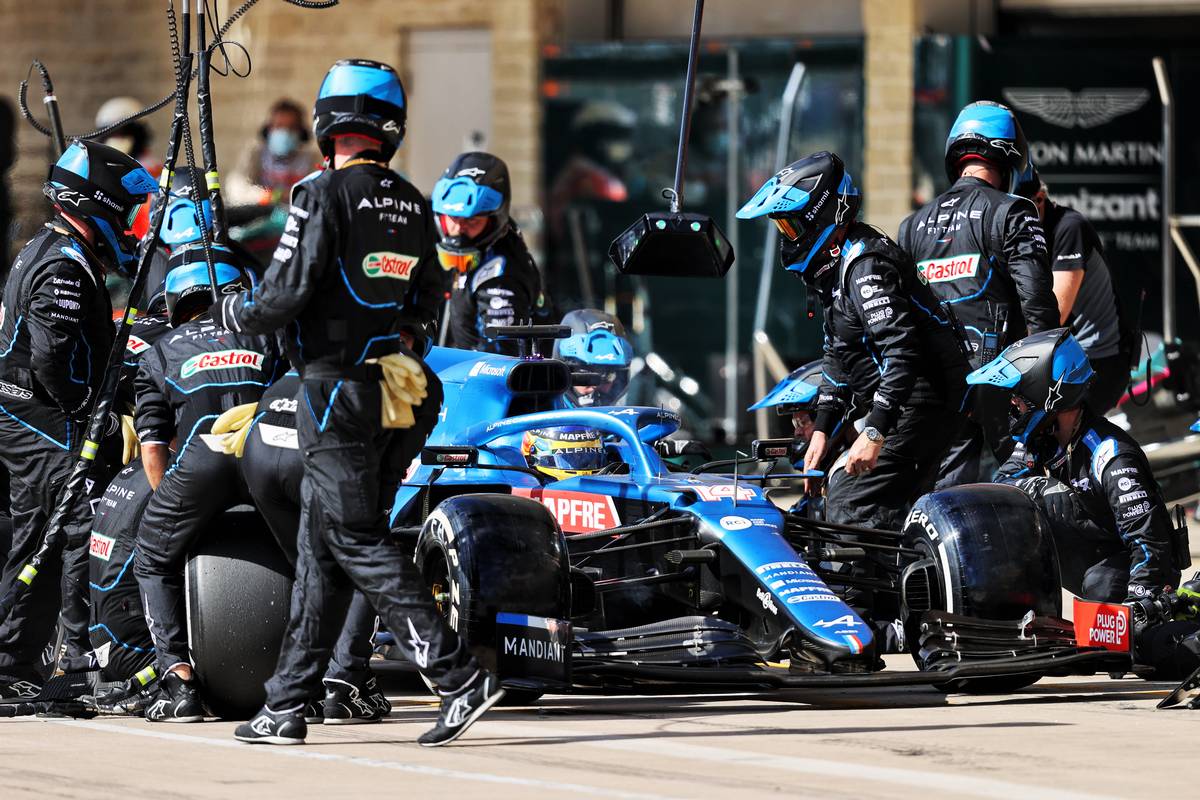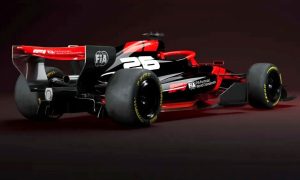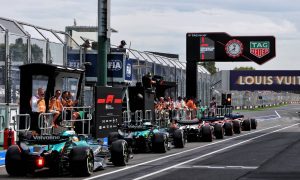
The FIA’s head of single seater technical matters Nikolas Tombazis has acknowledged that there had been an 'overreaction' in the way race control used black-and-orange flags during the 2022 season.
The flag is shown when cars suffer damage that needs repair on pit lane in order to safely continue the race. Drivers are required to make a stop to allow that work to to be carried out, even if the team itself deems it unnecessary.
An unscheduled pit stop can effectively end a driver's race, often putting them right at the back by the time they return to the track.
This year the problem disproportionately affected Haas driver Kevin Magnussen, who was shown the flag on three separate occasions in Canada, Hungary and Singapore for damage to his front wing endplates.
Whether this damage was sufficiently 'structural' to warrant a forced pit stop has remained a matter of debate ever since.

Haas underlined their unhappiness by protesting the results of the US Grand Prix when Alpine's Fernando Alonso wasn't shown the flag for similar front wing damage.
It led to a penalty for Alonso that dropped him out of the points, but the decision was reversed on appeal. Nonetheless, Haas' original point had been made.
Last week, Tombazis explained that an incident involving AlphaTauri driver Yuki Tsunoda in Azerbaijan had led to a change in the way the black-and-orange flag was used during subsequent Grands Prix which in hindsight had been over the top.
"[We] had a situation in Baku where a car was let to run on with damage that really the car should not have been running with," he explained.

"One of the AlphaTauris with rear wing damage taped up - that was a big risk. There we got it wrong," he continued.
“Then I think that created a bit of an over-reaction where we started deeming cars unsafe even when they were on the limit, let’s say. So we went in the wrong direction, and took some corrective action after the US.”
In defence of race control, Tombazis said that it was problematic to accurately gauge the damage on a car from a distance in the middle of a race.
“It’s difficult,” he asserted. “We would still black-and-orange flag a car with serious structural damage, like Hamilton in Singapore for example when his wing was scraping the floor.
“But in 99 per cent of the cases the teams bring the cars in anyway themselves, so it removes the need for intervention," he added. "The teams are by and large quite responsible."
And he accepted that the use of the flag on Magnussen for relatively minor damage would no longer happen now the rules have been tweaked again.
"We wouldn’t show one for a wobbly front wing endplate," he acknowledged. “We analysed it, and overreacted a bit."
Gallery: The beautiful wives and girlfriends of F1 drivers
Keep up to date with all the F1 news via Facebook and Twitter






